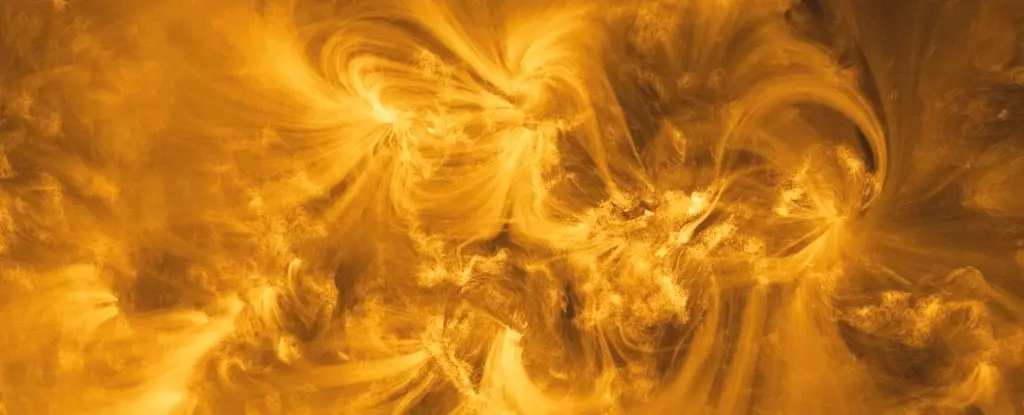The vastness of space often leaves us in awe, but when contemplating the distance of 74 million kilometers, it is not just the sheer magnitude that strikes us; it is what this distance represents in terms of our understanding of the universe. This is the distance at which the ESA/NASA Solar Orbiter captured remarkable images of the Sun. Launched in 2020, this pioneering spacecraft embarks on a mission fraught with complexity and anticipation—aimed primarily at peeling back the layers of our nearest star.
The Solar Orbiter seeks to unveil the intricate workings behind solar phenomena like solar wind and sunspots, phenomena integral to understanding our star’s dynamics. Through a meticulous exploration of solar flares, coronal mass ejections, and the Sun’s magnetic forces, the mission’s scope stretches far beyond mere observation; it aspires to educate us on the underlying mechanics that fuel these celestial giants.
The Solar Orbiter’s arsenal is equipped with sophisticated imaging technology, featuring an array of instruments designed to capture various aspects of the Sun’s behavior. Notably, the instruments such as the Polarimetric and Helioseismic Imager (PHI) and the Extreme Ultraviolet Imager (EUI) allow scientists to approach the Sun’s complexity from different wavelengths. By utilizing multiple imaging channels, the spacecraft captures a composite of data that offers unprecedented insights.
The images released by the European Space Agency (ESA) are not just visually spectacular; they are laden with scientific depth. Each image is an aggregate of 25 individual captures taken in March 2023, showcasing various dimensions of solar activity. The deliberate construction of these composite images represents a significant leap in our observational techniques, providing us with the clearest representation of the Sun yet recorded.
One of the most compelling aspects of the Solar Orbiter’s data is its focus on the Sun’s magnetic field, which is often considered the heartbeat of solar activity. According to Daniel Müller, the Project Scientist for Solar Orbiter, these high-resolution maps significantly enhance our understanding of the Sun’s surface dynamics.
The process of capturing these images reveals not only the static qualities of the Sun but also the dynamic movements of plasma across its surface. The contrasting colors within the images indicate motion—blue regions signify areas approaching the orbiter while red regions denote those retreating. This ability to visually dissect the Sun’s behavior fundamentally shifts our comprehension of solar mechanics, helping to infer the magnetic conditions within the Sun’s scorching corona.
The Aesthetic of Science
Beyond their scientific importance, the images produced by the Solar Orbiter evoke a profound emotional response. The ultraviolet images, particularly, stand out for their visual spectacle—depicting glowing plasma that dances above sunspots, a mesmerizing reminder of the tremendous forces at play. The sublime imagery holds the power to transcend scientific analysis and invite contemplation; it encourages us to ponder our own existence in relation to these cosmic phenomena.
As images of stunning beauty reach Earth from millions of kilometers away, we are reminded of the unfathomable scale and complexity of the universe we inhabit. The technology that makes this exploration possible is a testament to human ingenuity and curiosity. Observing the Sun through the lens of the Solar Orbiter propels our understanding forward while simultaneously embedding a sense of humility within us.
The Solar Orbiter represents not just a scientific endeavor but also humanity’s insatiable thirst for knowledge. Each new image serves as a powerful reminder of our place in the universe, one filled with mysteries waiting to be uncovered. As we continue to explore our solar system, the insights gained will undoubtedly pave the way for future discoveries, enriching our understanding and inspiring new generations of scientists and dreamers.
Through the lens of the Solar Orbiter, we are invited to look deeper—not only into our star but also into ourselves, contemplating the immense tapestry of life and existence woven against the backdrop of the cosmos.

